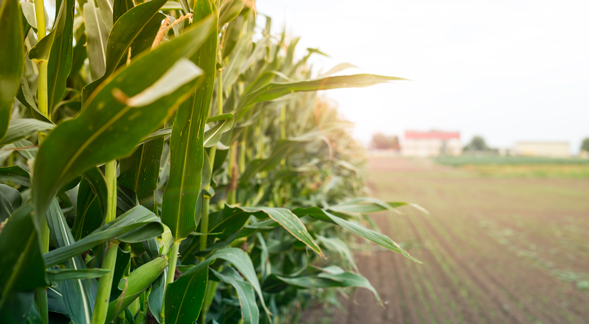
Image: Pixabay
The market is still full of uncertainty and, therefore, continues to rise, says the team of analysts at TF Consultoria Agroeconomic. In the experts' view, those who will answer what price corn can reach will be the agronomists: “When, with or without drought, with or without rain, the crops will no longer react and South America's production of the harvest will be defined. of soybeans 2021/22?”.
They remember that, in mid-January, when beneficial rains fell on Argentine crops, the market experienced a decline in prices. However, new periods of drought came and drove prices higher again. “The drought in South America reversed the price trend upwards again for another year of profit”, states TF.
“When the first planting intentions for the 2021/22 harvest were announced last June, announcing a strong increase in area given the excellent profits that the product was providing farmers, the market began to fall. Altogether, global supply would increase by around 20 million tons”, they recall.
{module Form RD}
As a result, analysts point out, prices gradually fell until, in November, after a larger area had actually been planted, problems with lack of moisture began, both in Brazilian soil (especially in the western region of the three southern states) and in Argentine soil and the market began to show concern.
“The worsening of this situation, when considerable losses were being recorded, led futures market prices in Chicago to compensate for physical losses in prices, taking them to levels even above those seen in the previous harvest. There is still no certainty about the real production in both countries, but it is already accepted that Brazil should have a production of no more than 135 million tons (MT) and Argentina around 40 MT. In total, South America is expected to produce 8 million tons less than the previous harvest and 25 million tons than the initial expectation that the market expected at the beginning of the planting of the 21/22 harvest. It’s no small feat”, they conclude.
By: Leonardo Gottems | agrolink












